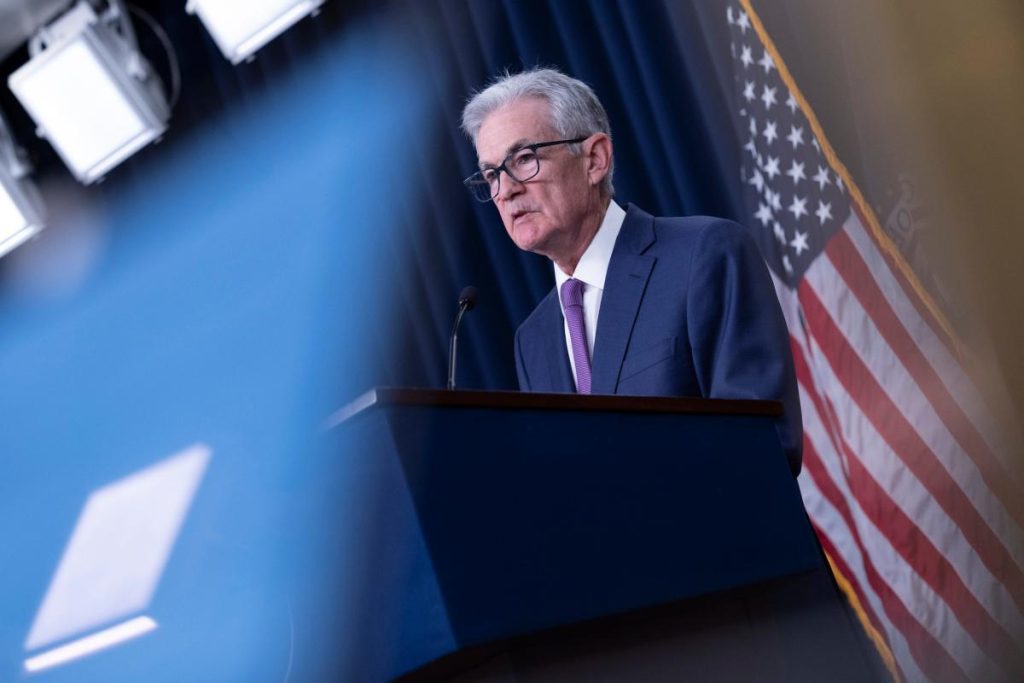Federal Reserve Chair Jerome Powell indicated that recent high inflation readings do not change the overall positive economic picture, with solid growth and a strong labor market. The central bank remains on track to lower its key interest rate three times this year if inflation continues to ease as expected. The Fed’s preferred inflation measure has fallen from a four-decade high of 7% in mid-2022 but is still above the 2% goal, with consumer prices rising 2.5% from a year earlier in February.
Powell highlighted that it is too soon to determine if the recent inflation numbers represent more than a temporary bump. He emphasized that officials will proceed cautiously in considering rate cuts, waiting for greater confidence that inflation is sustainably moving down towards the 2% target. The Fed’s benchmark short-term rate may have peaked, and there could be an appropriate point to start lowering the policy rate later this year. Market expectations suggest the central bank may begin reducing the rate in June and decrease it three times in 2024.
Despite signs of easing inflation, Powell cautioned against reducing rates too soon or too much, as it could jeopardize progress in containing inflation. On the other hand, delaying rate cuts could harm economic activity and employment. The Fed had previously hiked rates from near-zero levels to combat high inflation but kept them unchanged since last July due to concerns about balancing economic growth and inflation. The central bank aims to stimulate weak growth or recession by lowering rates and curb economic activity and inflation by raising rates.
A report on job openings in February supported the Fed’s plan to lower interest rates, with job openings remaining steady at 8.8 million but below the record levels seen in 2022. The share of people quitting jobs, which had surged during the Great Resignation, remained below pre-COVID levels, and inflation had previously been driven higher by dire worker shortages leading to wage hikes. Powell reiterated that the economy is strong, and progress on inflation has been made, giving officials time to assess incoming data before making policy decisions.
Powell’s remarks at a forum at the Stanford Graduate School of Business emphasized the need for caution in adjusting rates, indicating that the Fed is monitoring inflation trends closely. While recent inflation readings have shown a slight increase, it is not yet clear whether this represents a significant shift in the overall trajectory towards the 2% target. The Fed has held its key interest rate steady at a 23-year high but is expected to begin lowering it later in the year in response to evolving economic conditions and inflation dynamics.
In summary, Powell signaled that the Fed remains committed to its plan of cutting rates three times in 2024 if inflation continues to ease as projected. The central bank aims to balance economic growth and inflation pressures while proceeding cautiously in adjusting rates to avoid negatively impacting progress in containing inflation and supporting economic activity. Market expectations suggest that rate cuts may begin in June, with officials closely monitoring incoming data to guide their policy decisions.


